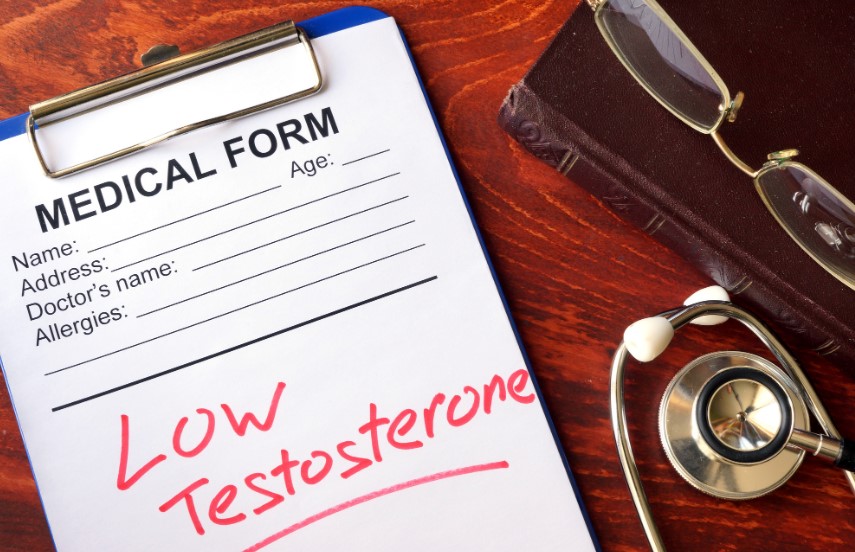Are you feeling sluggish and drained? Do you have trouble concentrating, memory loss, and mood swings?
It could be a sign of low testosterone if you answered yes to these questions. According to studies, low testosterone affects more than 8% of AMABs between the ages of 50 and 79.
If your testosterone has been tested recently, you could want to go through the most common sign of low testosterone and connect the dots. This can help you to start overcoming the condition quickly.
Keep reading to discover the combinations of symptoms associated with low testosterone and what you can do about them.
Hot Flashes
Hot flashes because is unknown, but drops in circulating testosterone levels can trigger them. They are characterized by sudden and intense feelings of warmth and sweating, usually felt on the face, neck, and chest. Hot flashes vary in duration, frequency, and intensity and are typically accompanied by rapid breathing and a rapid heartbeat.
Treating the underlying cause can help alleviate hot flashes. In some cases, hormone replacement therapy can help control symptoms.
Decreased Bone Density
The decrease in bone density associated with low testosterone in men is linked with increased bone turnover. This can present as pain, a reduction in mobility, and an increase in susceptibility to fractures. It leads to a thinner bone structure and an increase in fragility.
An individual typically requires a physical exam and lab tests measuring testosterone levels. Supplementing testosterone can help to increase bone density and reduce fracture risk.
Low Libido
For men, testosterone is a primary sex hormone. When it’s low, sexual activity tends to decrease. Low libido can include a lack of interest in sexual activity and cause decreased physical arousal.
Low libido can also be caused by other medical conditions or medications, such as:
- depression
- anxiety
- thyroid disorders
- and certain blood pressure medications
It’s essential to seek help from a medical professional if you’re experiencing any of these symptoms.
Hair Loss
This occurs due to the hormone’s role in regulating androgen production. It keeps the hair follicles healthy and productive. As a result, a decrease in testosterone levels can lead to hair thinning and baldness in both men and women.
A testosterone deficiency can also affect the quality and growth of other body hair, such as excessive shedding or slow regrowth. In addition, low testosterone has been linked to hair problems such as alopecia, an autoimmune disorder that causes patchy hair loss from the scalp.
Fatigue
Testosterone is a hormone the body produces that is important for regulating energy levels and muscle mass. When this hormone is low, it can affect a man in many ways, but fatigue is most commonly experienced. Men may feel more tired and lack the energy to do activities they would typically enjoy.
This could be due to decreased production of the hormone and the effects it has on the body. If you are experiencing this, you must visit your doctor to determine the cause and begin low testosterone treatment.
Take some low testosterone medication if you are also worried about these symptoms. You may check more about Androxal. It actively boosts testosterone production in the body, lowering the likelihood that hypogonadism may continue.
Understanding the Sign of Low Testosterone
From the symptoms outlined, the most common sign of low testosterone would be lower energy levels, decreased sex drive, and issues with erectile dysfunction. If you experience these symptoms, consider talking to a doctor about checking your testosterone levels.
To learn more helpful information, be sure to visit our blog today!

